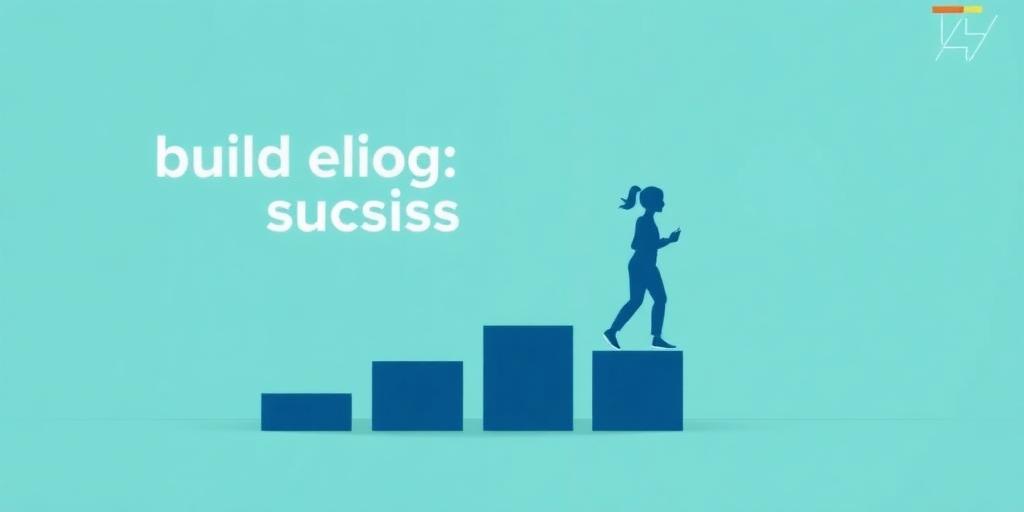How often have you started a new routine with the best intentions, only to find yourself back where you began a few weeks later? Building habits that actually stick is a challenge many face, but it's not an insurmountable one. This guide will provide a structured, evidence-based approach to sustainable habit formation, equipping you with the strategies necessary to integrate desired behaviors into your daily life for the long term.
The Foundation: Understanding the Science of Habit Creation
Before we delve into practical steps, it’s crucial to understand the underlying mechanisms of how habits work. Habits are essentially automated behaviors, a shortcut your brain develops to conserve energy. This process is often described as a 'habit loop,' consisting of three key components:
- The Cue: A trigger that tells your brain to initiate a behavior. This could be a time of day, a location, an emotion, or a preceding action.
- The Routine: The habit itself – the physical or mental action you perform.
- The Reward: The positive outcome or feeling you get from performing the routine, which reinforces the habit loop and makes you want to do it again.
The challenge lies in intentionally building new, beneficial loops and breaking old, unhelpful ones.
Practical Strategies for Effective Habit-Building
To build habits that stick, we must optimize each stage of this loop. Here are proven strategies:
1. Start Incredibly Small (The Power of Micro-Habits)
The most common mistake is attempting too much too soon. Instead of aiming for a monumental change, begin with a 'tiny habit' that feels almost trivial.
- Example: Instead of "run for 30 minutes every day," try "put on my running shoes for 2 minutes."
This reduces friction and makes the initial commitment so easy that it’s difficult to say no. This strategy significantly boosts the likelihood of sustainable habit formation.
2. Make it Obvious: Design Your Cues
To ensure you don’t forget or procrastinate, make your cues unavoidable.
- Visual Cues: Place your gym clothes by your bed, leave a book on your pillow, or set out your vitamins next to your coffee machine.
- Habit Stacking: Attach your new habit to an existing, established habit. For example, "After I brew my morning coffee, I will meditate for one minute." This leverages existing routines to trigger new ones.
3. Make it Attractive: Increase the Appeal
Your brain is wired to seek pleasure. If a habit feels rewarding, you’re more likely to repeat it.
- Pairing: Link a desired behavior with something you genuinely enjoy. For instance, "I will listen to my favorite podcast only while I’m exercising."
- Visualization: Spend a moment imagining the positive outcomes of your new habit. How will you feel? What benefits will you gain?
4. Make it Easy: Reduce Friction
The less effort required, the more likely you are to do it. Remove obstacles in your environment.
- Pre-preparation: Prepare healthy snacks on Sunday, lay out your clothes the night before, or organize your workspace.
- Simplify the action: If reading a chapter feels overwhelming, commit to reading just one page.
5. Make it Satisfying: Reinforce the Reward
Immediate gratification is a powerful motivator. Ensure your habit provides an immediate, positive feeling.
- Track Your Progress: Visual tracking (e.g., a habit tracker app, a physical calendar with X's) provides a clear sense of accomplishment. Don't break the chain!
- Non-Material Rewards: Celebrate small wins. Acknowledge your effort. Tell a friend about your success. Focus on the intrinsic satisfaction of becoming the type of person who performs that habit.
Sustaining Your Habits Long-Term: Beyond the Initial Push
While the habit loop provides a framework, long-term adherence requires deeper commitment and environmental mastery.
Identity-Based Habits
Shift your focus from "what I want to achieve" to "who I want to become." Instead of "I want to run a marathon," think "I am a runner." This internal shift strengthens your resolve. Every time you perform your habit, you cast a vote for the person you want to be.
Environment Design
Your environment is a silent architect of your behavior. Optimize it to support your desired habits and deter undesirable ones. Make good habits visible and accessible; make bad habits invisible and difficult.
Accountability and Support Systems
Share your goals with a trusted friend, family member, or join a community. Knowing someone is aware of your intentions can provide an extra layer of motivation. Accountability partners can offer encouragement and gentle reminders.
Conclusion
Building habits that actually stick is not about willpower; it's about strategic design. By understanding the habit loop – cue, routine, reward – and applying principles like starting small, making it obvious, attractive, easy, and satisfying, you can engineer your behaviors for lasting change. Embrace identity-based habit formation, optimize your environment, and leverage accountability, and you will unlock the power of consistent action to achieve your goals.








